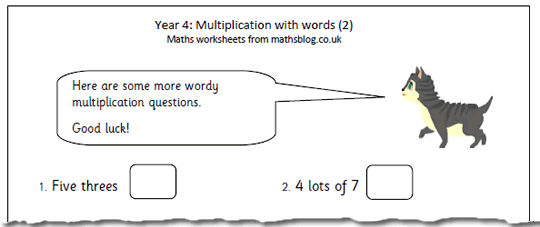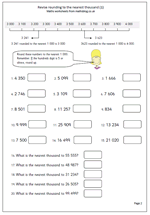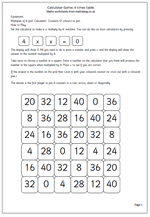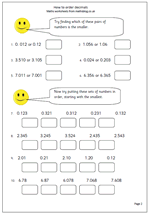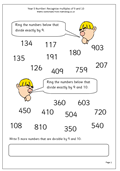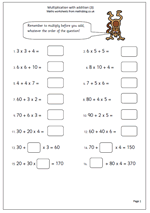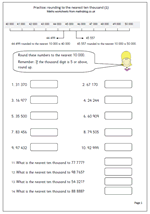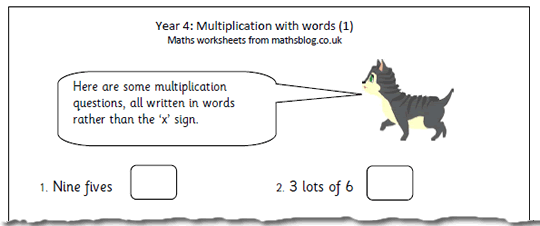
Calculators are very much the theme for next week.
Many people criticise the fact that children use calculators and, indeed, they have huge potential for giving incorrect answers: numbers left in the memory and mishit keys are just two ways of ensuring wrong answers. That is why it is so important that a mental calculation, no matter how brief, always goes on at the same time as the calculator is used, to ensure that the answer is ‘sensible’.
For example, a child might want to know quickly what 3 876 x 3 is. By all means use the calculator, but at the same time, he should be rounding 3 876 to 4 000 and multiplying 4 000 by 3 to make 12 000. This should take only a second or so to do in his head. He then knows that the answer will be just less than 12 000.
This is why the ability to round quickly and sensibly is so important. Hence our worksheet on rounding, found in our Year 5 Counting and Number section.
A calculator will be needed for our Year 6 page as changes have to be made to decimals, using just one step. This is a good practice page for understanding multiplying and dividing decimals by 10, 100 or 1000, as well as some nifty mental arithmetic adding and subtracting. It is the second of our pages for the Year 6 plans for Counting, partitioning and calculating. (Block A Unit 3 Week 2) which most schools wil be following next week.
Also coming soon is another in our series of nifty calculator activities for year 3 children. It is a two player game intended to help with reinforcing the 4 times table.
If it’s something away from the calculator you are looking for then we will also be publisheing a page on Multiplication using words for Year 4.
